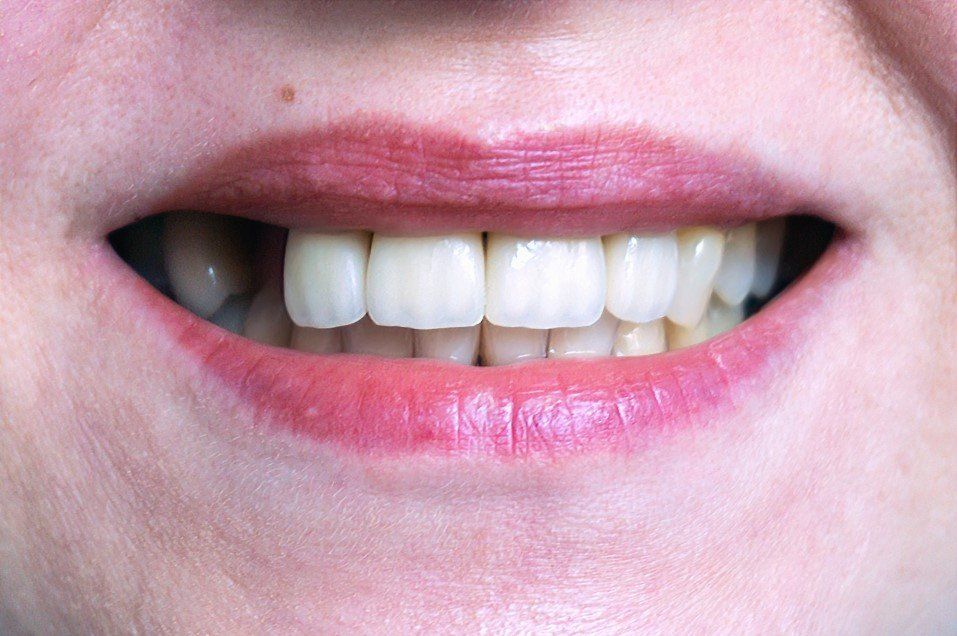Bone Grafting
What is bone grafting for dental implants?
To place dental implants, you must have enough height and width of bone and it must be in the right locations so that when the final tooth restoration/crown is placed, that new tooth will be in a functional and aesthetic position.
Bone grafting is the process of adding bone to where you need the bone in order to facilitate dental implant placement in the exact location to achieve your treatment goals. Bone grafting can be performed with various bone substitute products, or through the use of your own bone and moving it to where it is required. With modern bone grafting techniques and materials, it is nearly possible to graft any area of the upper and lower jaws to facilitate dental implant placement.
Why is bone grafting required?
In Australia many people have had teeth removed or failed in their youth and have not restored the missing tooth and live with a gap. Within months of losing the tooth, the supporting jawbone suffers from up to 20-50% resorption in vertical height and width which gradually worsens as we age. This occurs quickly because the presence of the tooth root and associated ligament connecting the tooth to the jaw bone stimulates this jaw bone to remodel and turnover new bone each day. Once the tooth is lost, the stimulus to remodel and turnover bone is also lost and the jawbone resorbs away.
As you age and lose more teeth, the corresponding loss of underlying jaw bone gives the face a sunken look as the lips lose support from the underlying dentition often leading to cosmetic and functional concerns. The adjacent remaining can also tilt/lean over changing the balance of the occlusion and lead to temporomandibular joint (TMJ) or masticatory chewing issues.
If you have missing teeth, you are likely well aware of the problems with chewing your food, particularly meats and high fibre foods like raw fruits and vegetables. There is often food getting caught in the gap. Many patients with missing teeth complain of a loss of self-confidence, especially if the aesthetic smile zone is affected by a missing tooth.
Are there any alternatives to bone grafting?
Partial removable dentures are one tooth replacement option but they allow the bone that use to surround your teeth to resorb away, because a removable denture puts pressure directly on the bone surface resulting in bone loss rather than stimulation of the bone that leads to remodelling of bone. Inevitably over time the fit of the denture will loosen or need adjustment to maintain its function.
Full removable dentures have similar effect on the bone resorptive process and manner clients are on this website in order to avoid dentures altogether.
A fixed bridge is a traditional method of spanning the gap between two healthy teeth with an artificial crown floating over the gap and is connected to two new crowns made for the adjacent teeth. This method requires destruction of part of the healthy neighbouring teeth in order to construct and fit the bridge. At the Oral Facial & Implant Centre our aim is to preserve healthy teeth and place dental implants as soon as possible in the new gaps soon after loss of a tooth in order to preserve healthy natural bone volumes and provide long-term successful solutions for you.
Implants are a better long-term option for most people, but timing of placement of your dental implant is key to increasing their predictable success in your mouth and prompt action to replace the missing tooth is important. If you wait too long the resorption of the jawbone can lead to more expensive treatment such as the bone and soft tissue grafting surgery in order to facilitate dental implant placement.
How much does bone grafting cost?
Bone grafting costs less than you think and can mean the difference between the success and failure of your dental implant investment. One key advantage of the Oral Facial & Implant Centre is that our Specialist Oral and Maxillofacial Surgeon, Dr John Webster, is a dual qualified medical and dental specialist with access to Medicare and private health fund rebates for bone grafting procedures. Other Dentists and Specialist Dentists such as Periodontists or Prosthodontists cannot access these rebates and have to pass the costs of the grafting materials onto you as the customer. One vial of bone substitute can cost up to $400 and in some complex grafting cases there are several vials used in conjunction with other expensive materials such as membranes used in guided bone regeneration.
If you maintain your private health insurance with hospital cover then your grafting procedures done under local or general anaesthetic in accredited day surgery or private hospital facilities can often only cost a few hundred dollars in the gap fee with the rest of the material covered by the health fund. This alone can save you thousands of dollars if you are wanting multiple missing teeth replaced.
At the Oral Facial & Implant Centre we provide a thorough assessment of the height and bone available in your optimum dental implant location and will advise at the time of your initial consultation if you are likely to require a bone grafting procedure as part of your customised treatment plan.
Dr John Webster will review your scans and dental implant plan with you and clearly explain where a bone deficiency will need to be addressed with a bone grafting procedure. One of the most common bone grafting procedures required is the Sinus Lift (add link to next webpage) procedure which is explained in the Dental Implant section.
If you would like to know how we can help you further, or to book a no obligation dental implant consultation



